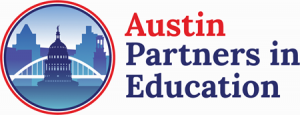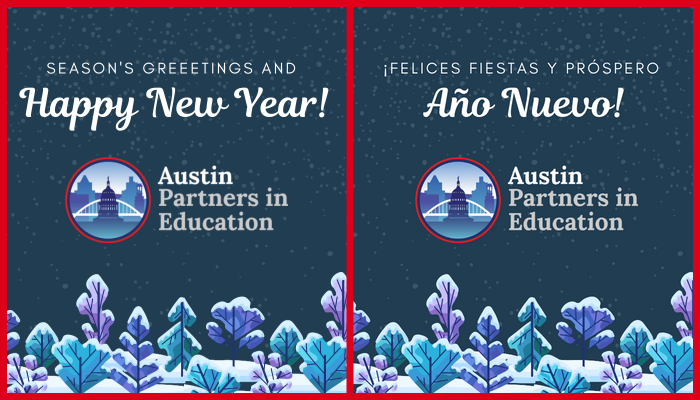I Can’t Do This, But I CAN Do That, a short (30 minutes) HBO documentary, is an informative and compelling exploration of the impact of learning differences in the lives of students. Told through the voices of eight children who deal with learning challenges stemming from dyslexia, dyscalculia, attention deficit disorder, audio processing disorder, sensory processing disorder and other learning differences, we hear them tell of their own private anguish and isolation. Who is not moved when Scott asks, “would I make the world less dumb if I wasn’t here?” This little film unpacks the complexities of learning differences and illuminates the brilliance of these children.
It also gave me pause, as I considered if in fact we all have learning differences. Aren’t some of us more visual, while others are concrete? There are those who need to understand the big picture first, something to organize the details around, while others get lost in the conceptual and can only move forward when the details are ordered. It made me realize that the learning strategies that we, as classroom coaches, implement in our programs should not be considered a one size fits all solution. Our students come to us with a multitude of learning differences. But each of them, as Abbey says in the film, are “in the race of knowing.”
One of the experts in the film states that students who have a hard time visualizing, also have a hard time verbalizing. So this year, as I begin to prepare for another year as a reading coach, I am committing myself to finding ways to help my students visualize the material we will work on together. The gift we as coaches offer our students is the opportunity, at least once a week, to get the extra help and personalized support that can help them achieve academic success. And as little Julia says, “having extra help can help them go on to great things.” – Pat.



